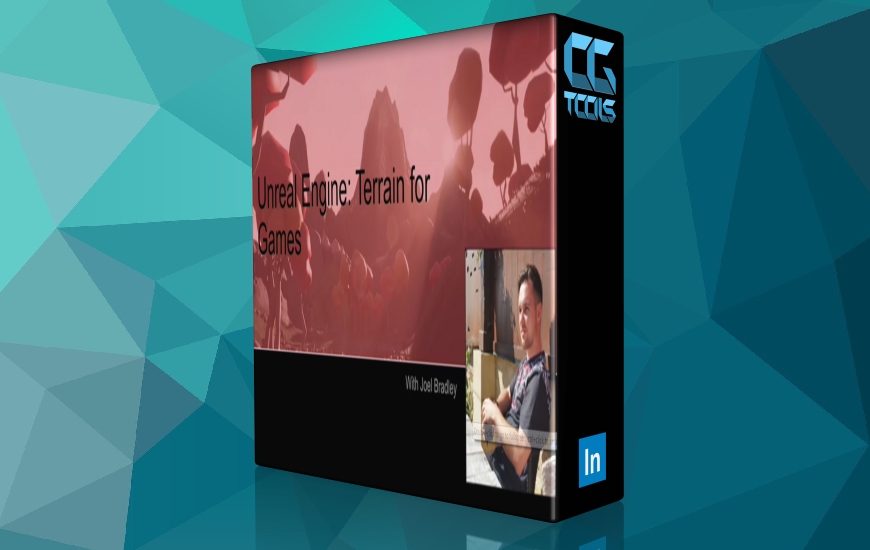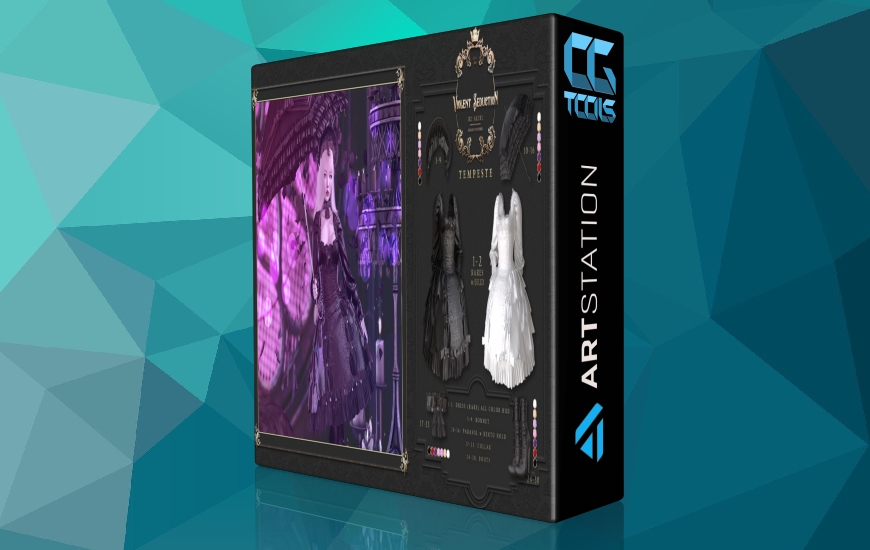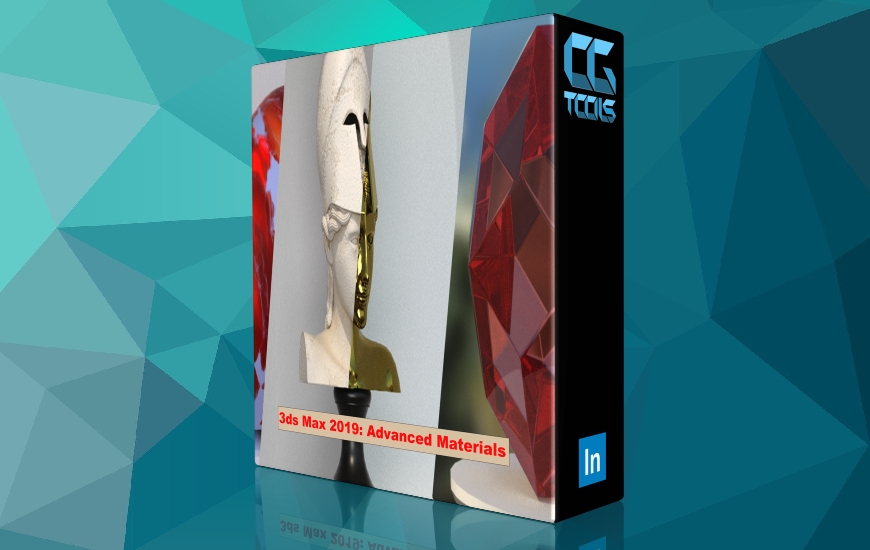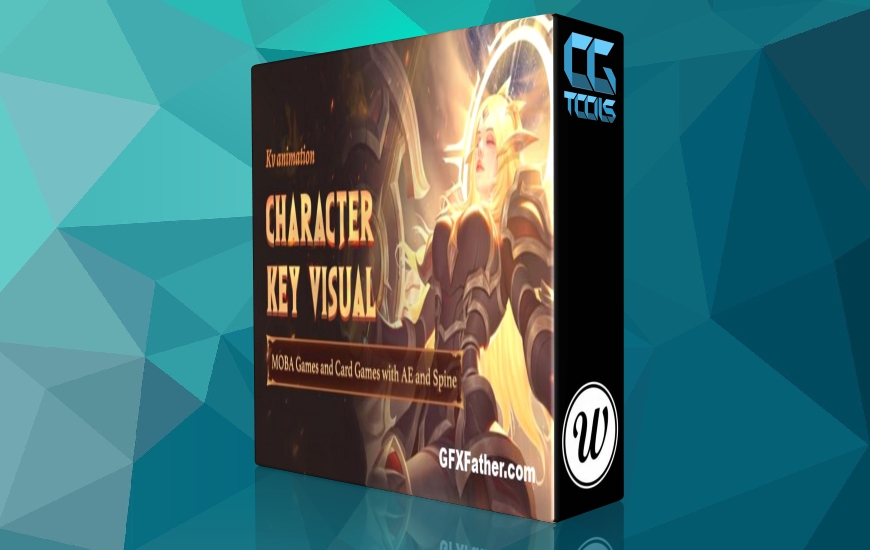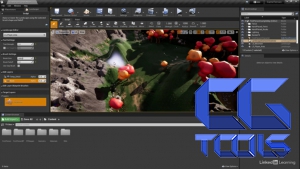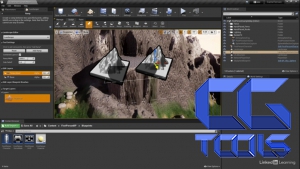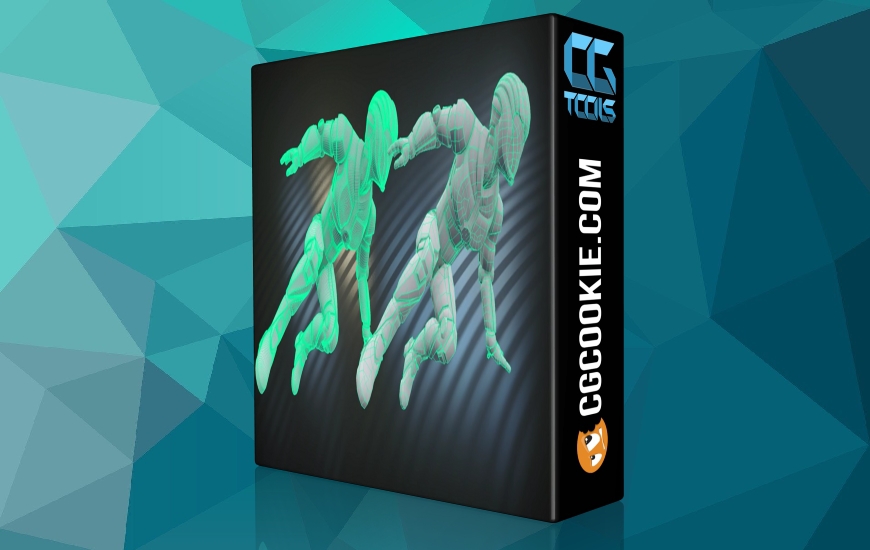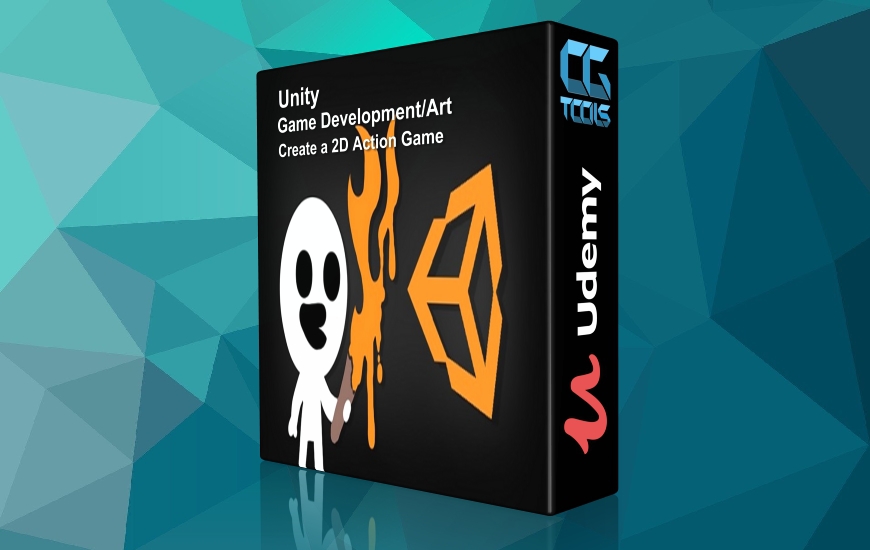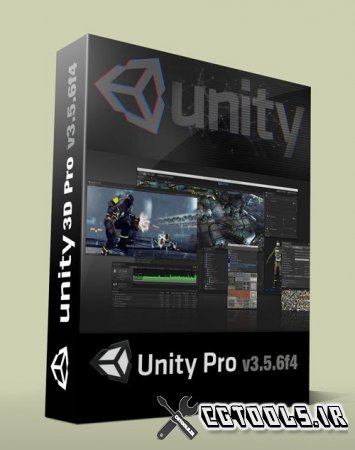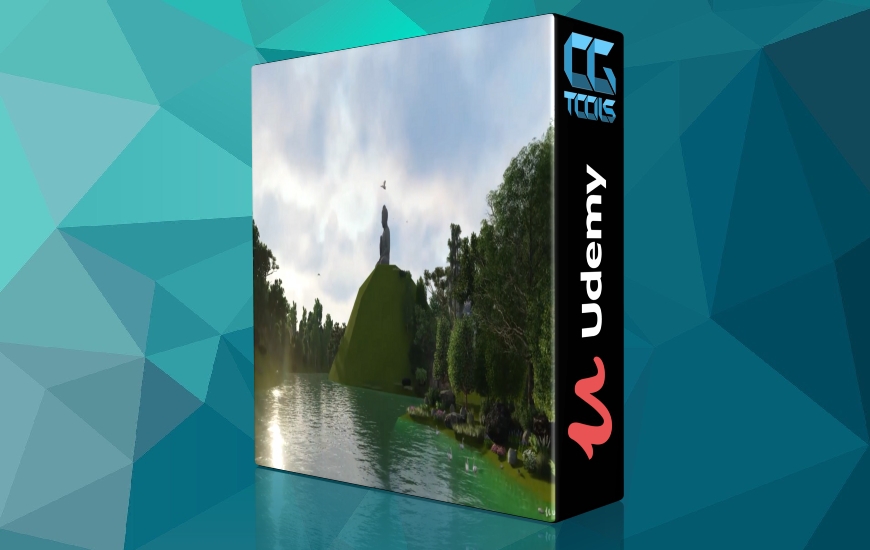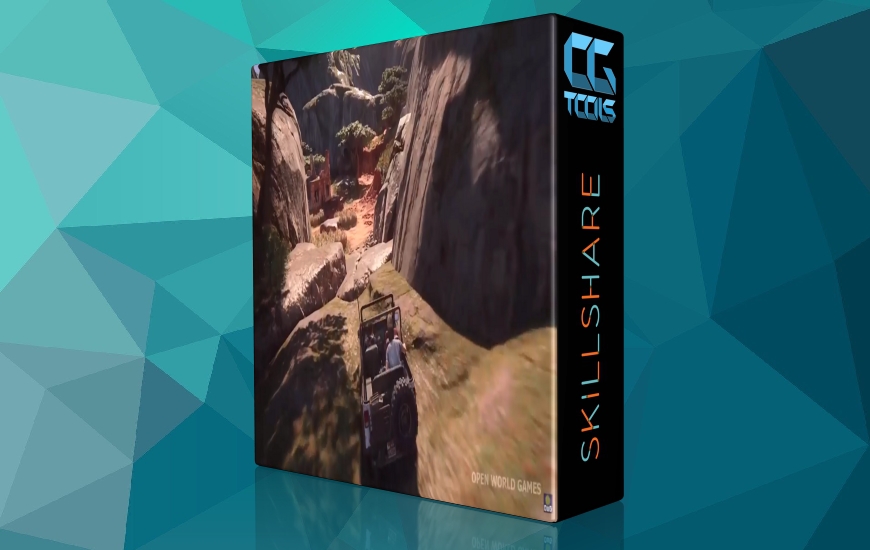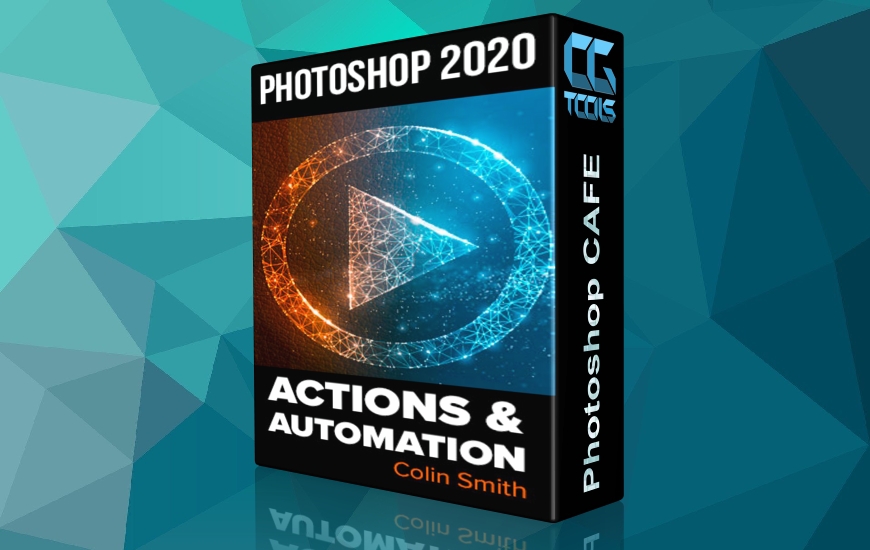![آموزش تکنیک های زمین بازی در آن ریل انجین]()
سلام به دوره آموزشی Unreal Engine for games خوش آمدید. نام من جوئل بردلی است، و قرار است در مورد اینکه چگونه افزودن زمینها یا مناظر به سطح غیرواقعی میتواند بر یک پروژه بازی تأثیر بگذارد، بحث کنیم و همچنین به برخی از انتخابهایی که ممکن است در حین انجام این کار مجبور به انجام آن باشیم، نگاهی بیندازیم. در واقع، ممکن است بپرسیم چرا اصلاً از زمین استفاده کنیم؟ خب، برخی از پاسخهای نسبتاً رایج از افراد مختلف ممکن است شامل، خوب، کمک میکند تا بازی واقعیتر به نظر برسد، این تنها راهی است که بازیکن میتواند از محیط بیرون عبور کند، در حالی که دیگران ممکن است رویکرد فنیتری به سؤال داشته باشند و بگویند که می تواند به طراحان سطح و گیم پلی کمک کند تا کار خود را به گونه ای انجام دهند که زیبایی شناسی بازی را تحسین کند. و البته، داشتن یک منظره در صحنه میتواند به طور کامل انتخابهایی را که ممکن است در مورد پیشرفت بازیکن در یک محیط انجام دهیم، تغییر دهد و منظره بخشی از تجربه شود و بر آنچه مکانیکهای بازی اضافه کردهاند تأثیر بگذارد. همه آنها و دلایل دیگر، ممکن است بخشی از این باشد که چرا میخواهیم مناظر را به پروژههای بازی بیدرنگ خود اضافه کنیم و بنابراین از طریق این دوره آموزشی به دنبال کمک برای انجام آن هستیم. نحوه ایجاد، تنظیم و سپس ارائه مناظر در سطوح خود میتواند بر جنبههای بسیاری از یک پروژه تأثیر بگذارد که اگر میخواهیم به جای جلوگیری از کیفیت بازیهایمان کمک کنیم، باید به آنها فکر کنیم. با این حال، در این دوره خاص، ما چیزی شبیه به یک آموزش گام به گام را نمی گذرانیم، زیرا این بدان معناست که ما فقط یاد می گیریم آنچه را که در صحنه خود دارم بازسازی کنیم. از آنجایی که بازی ها از نظر دامنه و کاربرد بسیار متنوع هستند، هدف این دوره ایجاد یک سری ویدیو است که بین شما و تیم شما بحث و گفتگو ایجاد می کند یا حداقل یک بحث در ذهن شما ایجاد می کند. حالا نگران نباش این تنها کاری است که سازندگان بازی باید انجام دهند. بنابراین ما سوالاتی خواهیم پرسید، احتمالات را بررسی خواهیم کرد و سپس خواهیم دید که چگونه ابزارهای موجود در Unreal می توانند به پاسخگویی به این سؤالات به گونه ای کمک کنند که بتوان آن را برای هر پروژه ای که ممکن است در آینده برای کار روی آن فراخوانده شویم، اعمال کنیم. سوالاتی از قبیل اینکه زمین ها در داخل Unreal چگونه ایجاد می شوند؟ چگونه زمین هایی را که برای پروژه خاص ما کار می کنند، مدیریت و ایجاد کنیم؟ و هنگام رنگ آمیزی بافت ها و یا حتی پر جمعیت کردن مناظر خود باید به چه اصولی فکر کنیم؟ اکنون یکی از مواردی که در اینجا قابل ذکر است این واقعیت است که با حرکت در فیلمها، رابط Unreal من تغییر میکند و همچنین میبینید که دوربین را در قسمتهای مختلف زمین متمرکز میکنم. اکنون سعی کنید نگران تطبیق بیش از حد آنچه در صفحه من است نباشید. و در عوض روی بحث تمرکز کنید و به این فکر کنید که چگونه ممکن است سوالاتی که میپرسیم در بازی شما اعمال شوند. اکنون این فقط یک سر بلند است، زیرا من به صراحت به شما نمی گویم که دوربین را به این یا آن مکان یا موقعیت یا هر چیزی شبیه به آن ببرید. وقتی از ابزار استفاده میشود، تمام تلاشم را میکنم تا به شما نشان دهم کجا پیدا میشوند و نام آنها چیست. بنابراین، اگر تازه وارد Unreal هستید، زیاد نگران گم شدن در رابط کاربری نباشید.
مشاهده توضیحاتــ انگلیسی
Hi and welcome to the Unreal Engine for games training course. My name is Joel Bradley, and we are going to be discussing how the addition of terrains or landscapes to an Unreal level can affect a game project, and take a look at also some of the choices that we might have to make whilst doing so. In fact, why use terrains at all, we may ask? Well, some fairly common answers from different individuals might include, well, it helps make the game look more realistic, it is the only way a player can traverse an outdoor environment, whilst others might take a more technical approach to the question and say that it can help the level and gameplay designers do their work in a way compliments the aesthetics of the game. And of course, having a landscape in the scene can completely alter the choices we might make when it comes to player progression through an environment, and the landscape becoming part of the experience and influencing what game mechanics added. All of those, and other reasons, may be part of why we want to add landscapes to our real-time game projects and so we're looking for help on accomplishing that via this training course. How we craft, set up, and then also present landscapes in our levels can affect so many aspects of a project that it is essential to give clear thought to them if we want to help rather the then hinder the quality of our games. In this particular course though, we won't be going through anything like a step-by-step tutorial as this would mean that we only learn to recreate what I have in my scene. As games are so varied in their scope and application, the aim of this course is to create a series of videos that generate a discussion between you and your team, or at the very least a discussion in your own head. Now don't worry. This is just something that game makers have to do. So we will be asking questions, exploring possibilities, and then seeing how the tools available to us in Unreal can help to answer those questions in a way that can be applied to any project that we may be called to work on in the future. Questions such as how are terrains created inside Unreal? How do we manage and craft terrains that work for our particular project? And what principles do we need to think about when painting textures or perhaps even populating our landscapes? Now one thing worth mentioning here is the fact that you will see my Unreal interface change as we move through the videos, as well as see me focus the camera in different parts of the terrain. Now try not to worry about matching what is on my screen too much. And instead focus on the discussion and think about how the questions that we ask might need applying to your game. Now this is just a heads up really, as I won't be explicitly telling you to move the camera to this or that location or position or anything like that. When tools are used, I will do my best to show you where they are found and what they're called. So again, don't worry too much about getting lost in the UI if you are brand new to Unreal.
